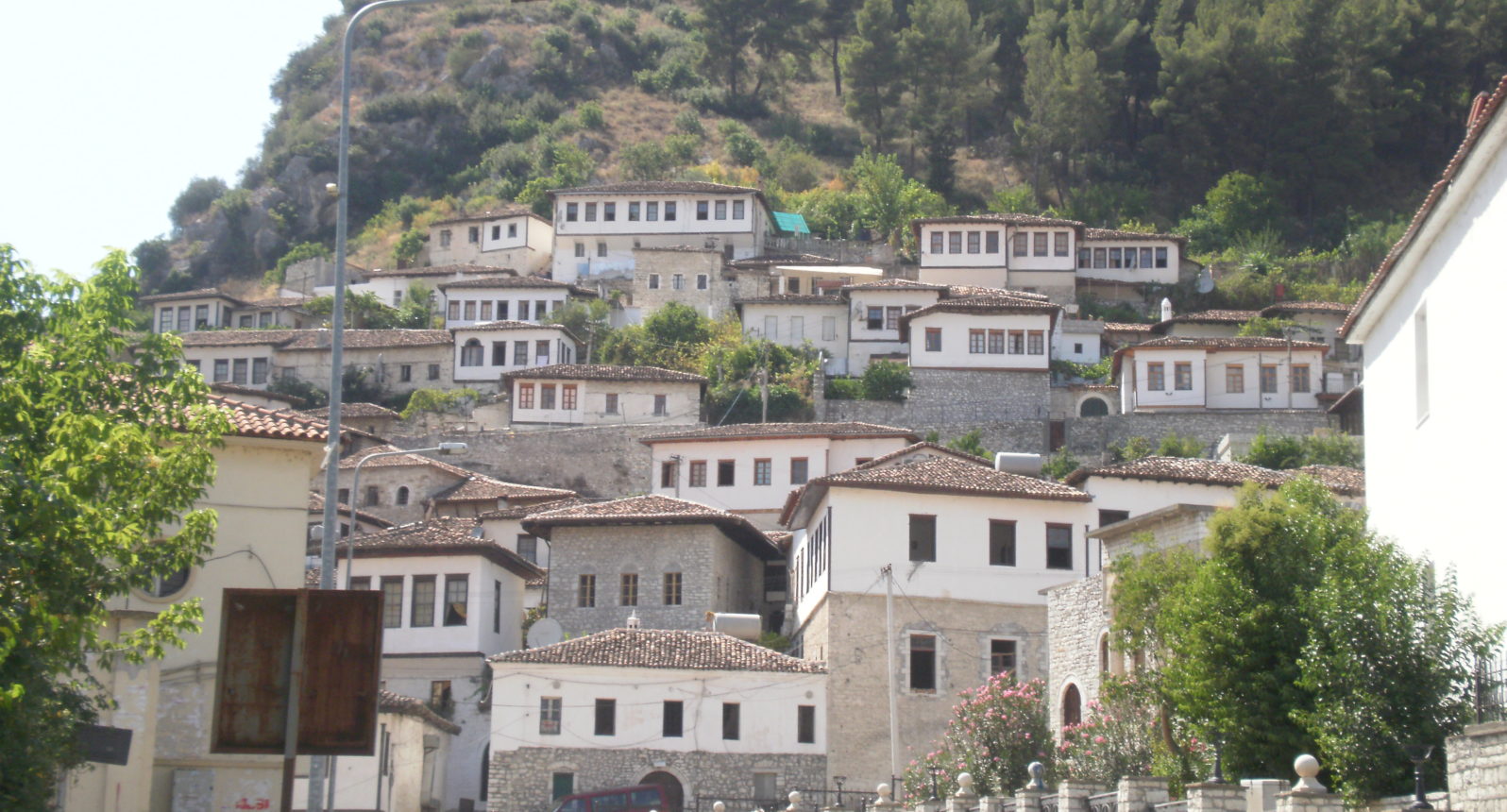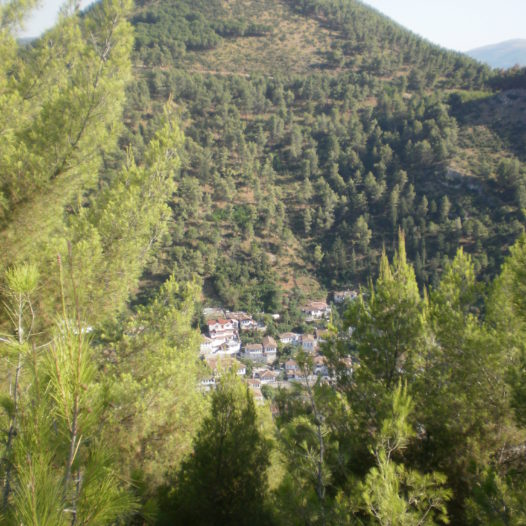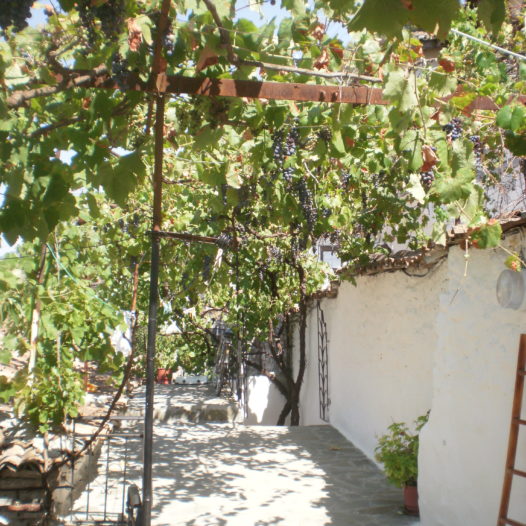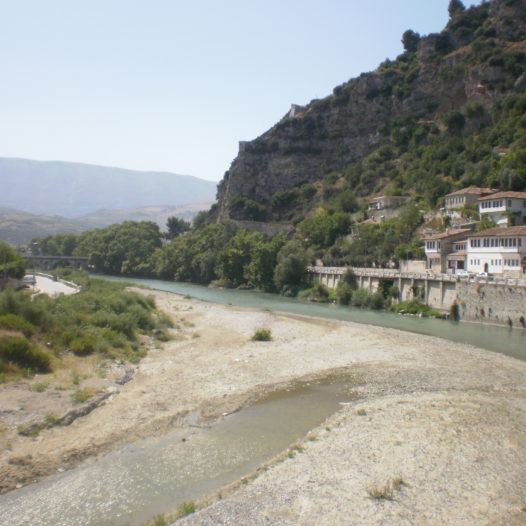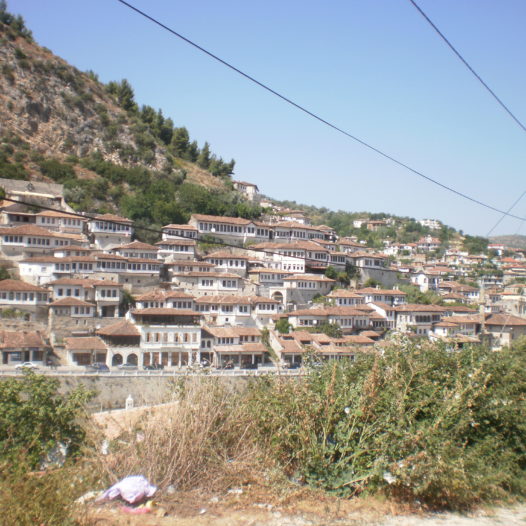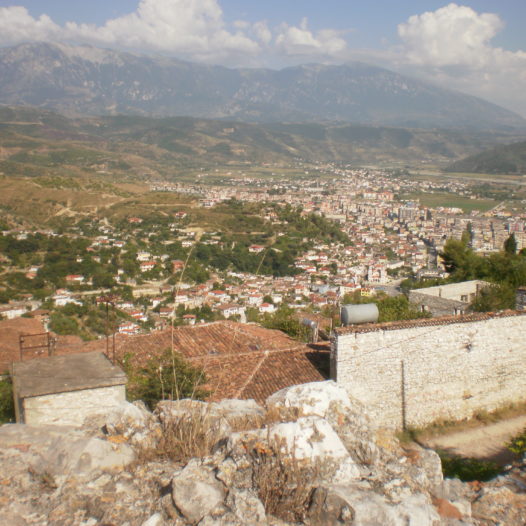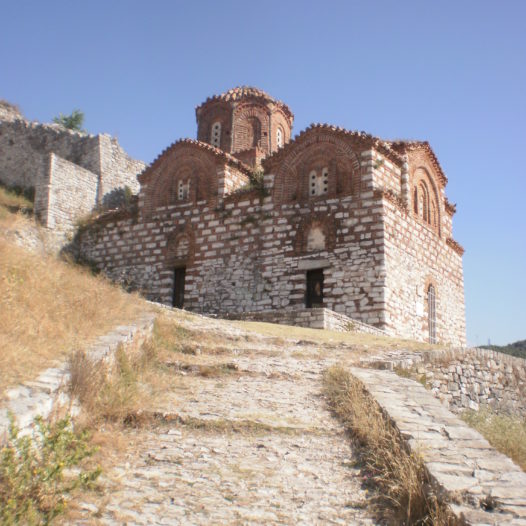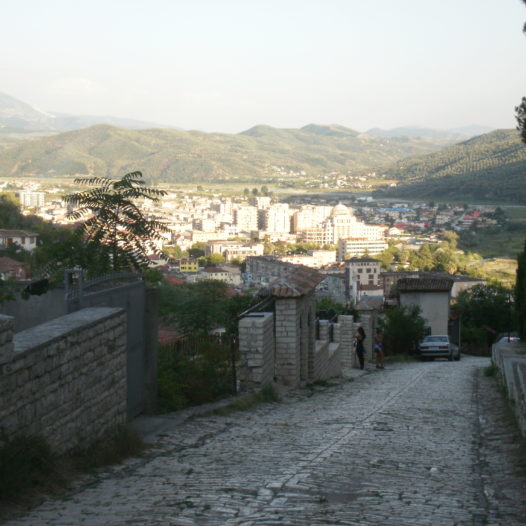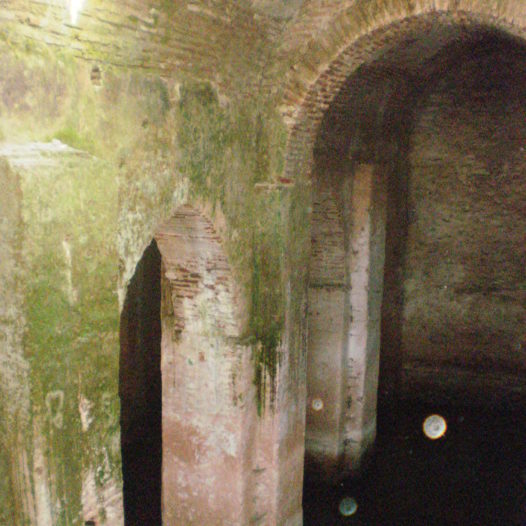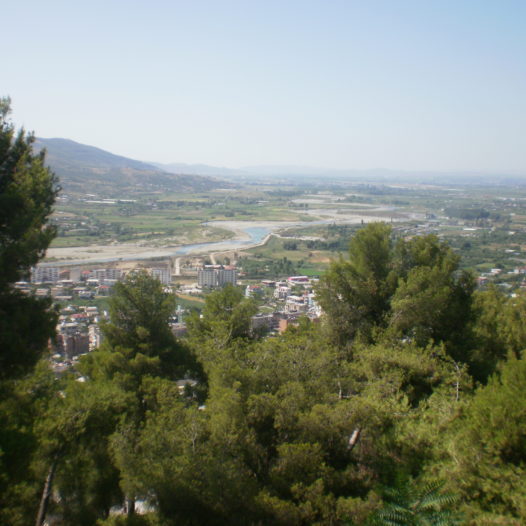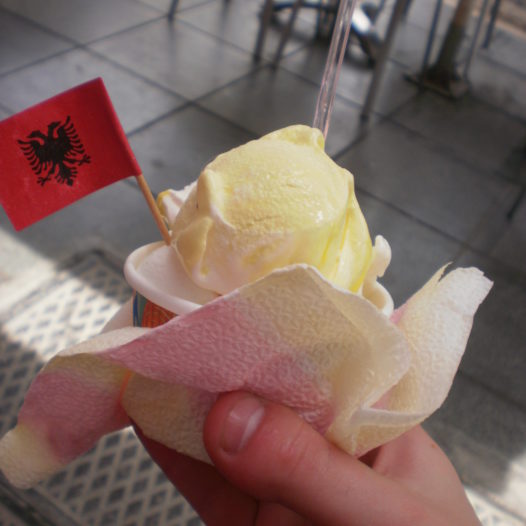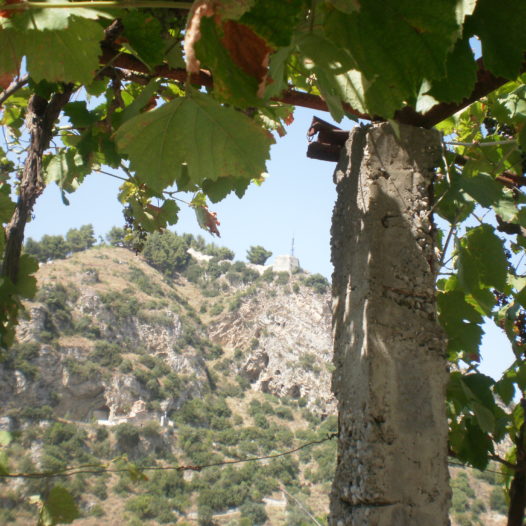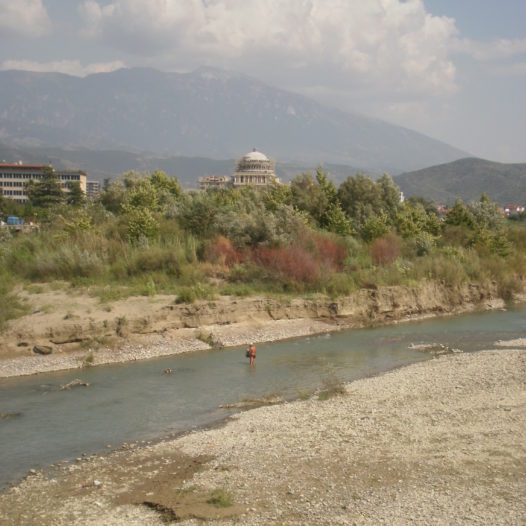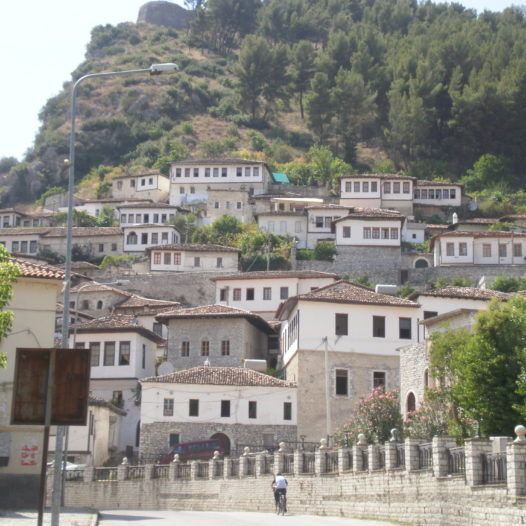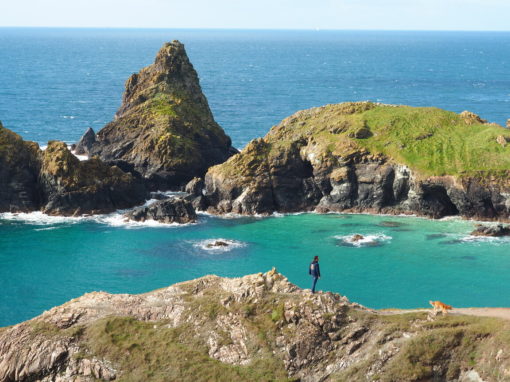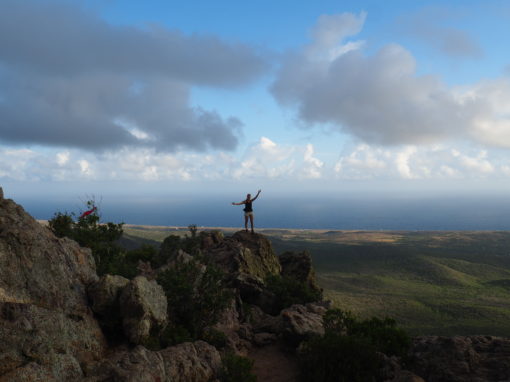WHAT: A visit to a gorgeous and historical white city, that includes a fortress on the top of a hill WHERE: Right in the middle of Albania, some 2 hrs from capital Tirana HOW LONG: You need at least half a day for strolling around the city and walking up to the fortress HOW MUCH: No admission
Situated at the core of the almost forgotten European country that is Albania, one can find a fairytale like town: Berat. The city is known as “The White City” and “Town of a Thousand Windows” because of the whitewashed stones used in the construction of its many Ottoman houses. Another nickname whispered around is “The Museum City”. While exploring the old town and the fortress it’s like you’re visiting an open air museum after all. Without a doubt, those two features make Berat a must to include for any traveller visiting Albania.
Although tourism is developing since the last ten years in Albania and Berat is slowly becoming a big centre of that, Berat has managed to retain its easy-going charm. The city itself hasn’t changed much. You can still walk around for hours through picturesque little lanes with cobblestones streets where wildflowers burst from every gap between the stones. You’ll find no screaming advertising in here, just a friendly atmosphere.
Berat town is built on the slopes of a hill on which its fortress spreads out. Walk from the Gorica Bridge (another highlight in itself) towards the foot of the town. Over there, just take a minute or two, to appreciate the remarkable and very pale ensemble you’re looking at. The “Town of a Thousand Windows” truly is something peculiar. The sight of it reminded me a bit of the white city in Lord of the Rings and I could almost hear the call of Gondor (geek! I know).
Stroll the streets all the way up the hill towards the fortress via the Kala neighbourhood. Do mind that it’s a significant walk up and since the well worn marble cobblestones are quite slick, you might want to put on some proper shoes. I didn’t and.. it was pretty tough. Nevertheless the hike’s well worth the effort. The further up you go, the more ruined and overgrown the little streets become and the more back in time you go. I was there in summer and the fragrance of camomile was all around in the air, just adding to the magical sight.
The castle itself is still inhabited by some 200 people, which makes that even the ruins come to life. Some of the locals make a living with selling fruits, water and cookies or whatever will power you up along the way to the top.
The castle is the monument itself so it’s not like there’s a museum or interesting interiors to look at. You can only walk around the vast space and see some buildings on the outside. There are some eight, medieval churches but sadly, most of them inside the walls have been destroyed or closed. Due to the many ruins, it is a bit remarkable the site has been placed on the UNESCO World Heritage List in 2008. I’m curious whether they’ll even plan to renovate some of the buildings. Probably not. At least not in the near future.
Still, the place is very interesting and fun to explore. The appeal of it lies in the overgrown aspects of the fortress and the solitude. I was there on a day in July and I had the place almost to myself.
The best part of a visit are perhaps the stunning views across the valley as seen from the walls. If you go to to the eastern side of the area, there’s path to the area with the big Albanian flagpost. From over there you have the main vista of the fortress that allows you to see the entire bend of the river and old city. Absolutely worth it!
